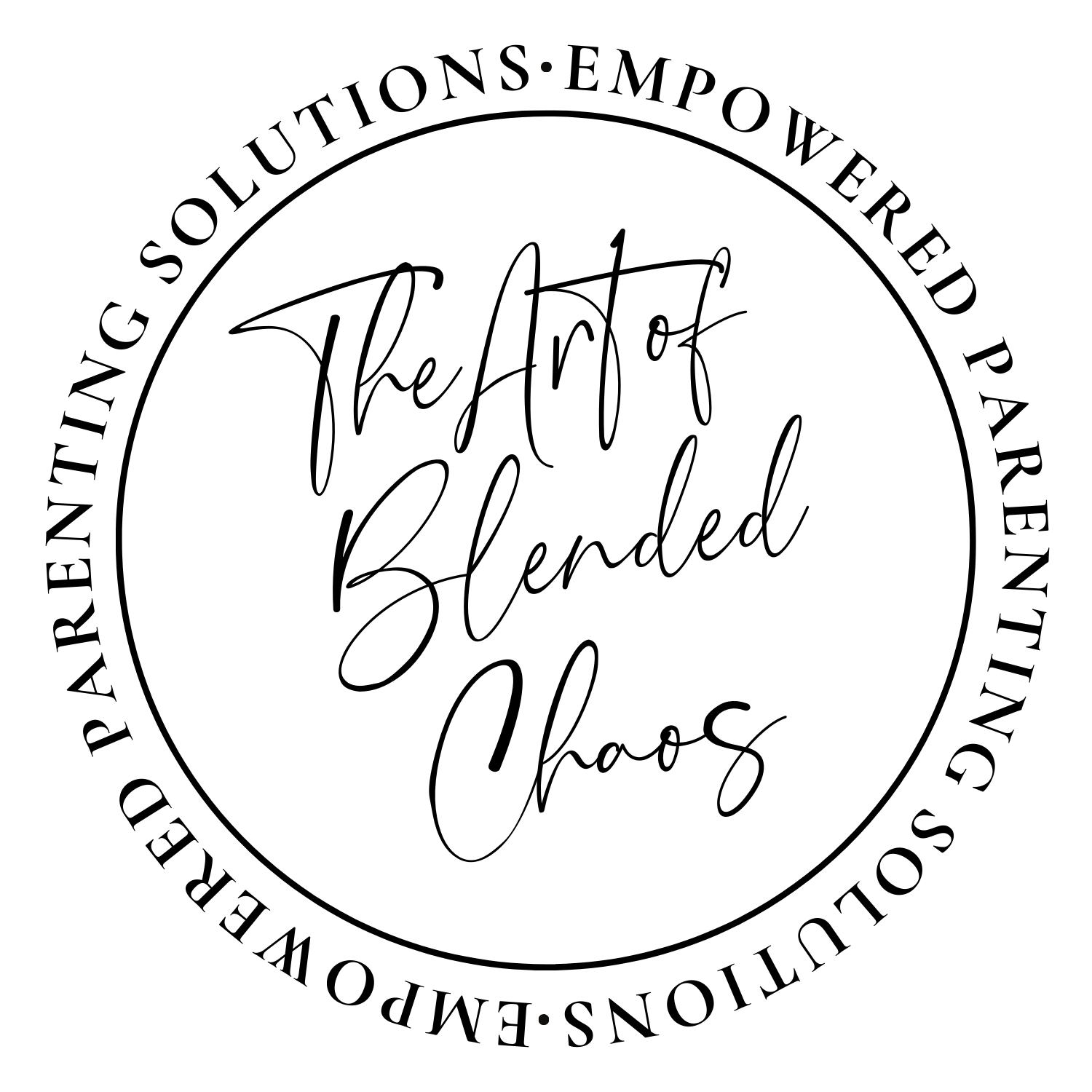The Transformative Power of Stepping Back:
Strengthening Your Relationship and Embracing Empowerment
As stepmoms, we often find ourselves deeply invested in the well-being and happiness of our blended families which means we oftentimes find ourselves constantly trying to be the “fixers” and the “doers” in hopes of offering support to our partner and being accepted by our stepchildren. However, it’s important to note that this type of behavior can lead to burnout and resentment, which is why it’s important to learn how and when stepping back can be a benefit to not only the relationship with your partner, but your stepchild too and can also help lead you to feeling empowered!
What Stepping Back Is
Taking a step back from your stepparenting role is a way of shifting focus away from the need to control and be involved with every aspect and decision in your stepfamily life. It means you allow your partner to make decisions they feel are best, enforce rules, hand out consequences and parent the way they see fit without interfering. It also means stepping away from unnecessary communication with the ex (if this is a pain point for you.)
What Stepping Back is NOT
Taking a step back in your role as a stepparent does not mean you hand all responsibility to your partner in terms of parenting and household responsibilities or refuse to help them navigate difficult situations (with their ex or stepchild.) Furthermore, it doesn’t mean you don’t offer support and guidance to your stepchild when needed and doesn’t mean you give up all say in your home and relationship.
When to Step Back
As we mentioned above, you may find yourself in a position of always trying to be the fixer of things, or perhaps you find yourself doing all the heavy lifting in terms of planning, executing plans and parenting. In doing so, you may also find yourself feeling resentful, frustrated and in endless disagreements with your partner. This is when you know it’s time to take a step back.
The Process
So how do you know when it’s safe, or when you should take a step back?
We use these 5 questions to help us decide:
Does the outcome of this situation directly affect me, my (own) children or our home?
Is my partner and/or the other parent actively taking care of the situation in a way they feel is best?
Is my stepchild in any immediate physical or emotional danger if I don't step in?
Am I genuinely concerned about my stepchild/the outcome of this situation? Or do I just want my opinion to be heard and my advice to be taken?
How does the situation look if I view it from my partners, or the ex's perspective?
5 Ways Stepping Back Can Benefit You, Your Partner & Your Stepchild
1. Promotes Autonomy and Self-Discovery:
When we learn to step back, we create the necessary space for our partners to be able to take the lead and make decisions. Doing this fosters a sense of autonomy and empowers them to embrace their role not only as a parent, but as a partner too.
This also allows our stepchildren the freedom to develop their own identities and build unique relationships with their parents and creates a beautiful opportunity for personal growth and self-discovery for everyone involved.
2. Building Trust and Collaboration:
Stepping back demonstrates trust in our partners' parenting abilities and respects their authority within the family unit. It sends a powerful message that we believe in their capabilities to handle challenging situations.
This trust forms the foundation for collaboration and teamwork as we work together to navigate the complexities of blended family life. By relinquishing control and embracing a shared decision-making process, we strengthen our bond with our partners and create a united front.
3. Prioritizing Self-Care and Well-Being:
Stepping back allows us as stepparents to prioritize self-care and focus on our own well-being. It's crucial to remember that taking care of ourselves is not selfish; it is necessary for our overall happiness and effectiveness as stepparents. By engaging in activities that recharge and replenish us, we bring a positive energy and renewed sense of self into our relationships. This self-care empowers us to show up as the best version of ourselves and leads the way for our stepchildren to prioritize their own well-being too!
4. Creating Space for Open Communication:
When we step back, we create a safe and open space for communication within our blended family. By actively listening and engaging in meaningful conversations, we gain a deeper understanding of our partner's perspective and parenting choices. This empathetic approach fosters trust, strengthens our connection, and promotes a healthy exchange of ideas. Open communication paves the way for effective problem-solving and enhances the overall harmony within the family unit.
5. Embracing a Supportive Role:
Stepping back allows us to embrace a supportive role in our blended family. Instead of solely carrying the weight of disciplinary actions or decision-making, we become sources of encouragement, love, and guidance. By empowering our partners to step into their roles, we foster their growth and confidence. Embracing a supportive role not only strengthens our relationships but also creates a more balanced and harmonious family dynamic.
By learning how and when to step back we create a thriving partnership and a nurturing environment for our stepchildren. Remember, stepping back does not mean disengaging or neglecting our responsibilities as stepparents. It's about trusting in the abilities of our partners, fostering collaboration, and empowering ourselves to embrace the journey of self-discovery.
P.S. You can read more about learning how and when to step back in our eBook: The {Un}Official Guide to Becoming an Empowered Stepmom




